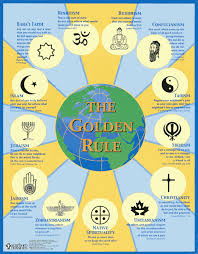World Religions
Comparative Religions
Comparative religions were shaped by a Euro-centered culture that formed the basis of what people know about World Religions. Much of this message was lit by missionaries. They came from Europe and travelled around the world. These were the early ambassadors who met the Colonists.
Their basic beliefs became the bedrock of how
they interpreted various religious faiths like Judaism, Christianity, Islam,
Hinduism, Buddhism, Jainism, Daoism, Shintoism, and Secular Humanism. These individuals pushed their thoughts about religion
on the new cultures. They revived the emphasis on Greek, and Latin that shaped
comparative Christianity, which were part of the Protestant Reformation.
Some European theologians became famous like
Martin Luther, John Calvin, and Desiderius Erasmus. With the Peace of Westphalia,
the world of religion was born. By the
17th century there existed a significant guide. From the 18th to 21st century its
scope broadened with India, China, Russia, Artic, and Oceania. In the West, Sanskrit and religious studies became
popular along with the Semitic languages. The
Age of Enlightenment dawned with notable figures like Charles Darwin, and Sir
Isaac Newtown. It was later followed with contemporary thinkers like Richard
Dawkins, Christopher Hitchens, and Karen Armstrong.
God, you have lit a fire in the heart of
comparative religions. Grant that this light continues to burn with an enduring
flame.




Comments
Post a Comment